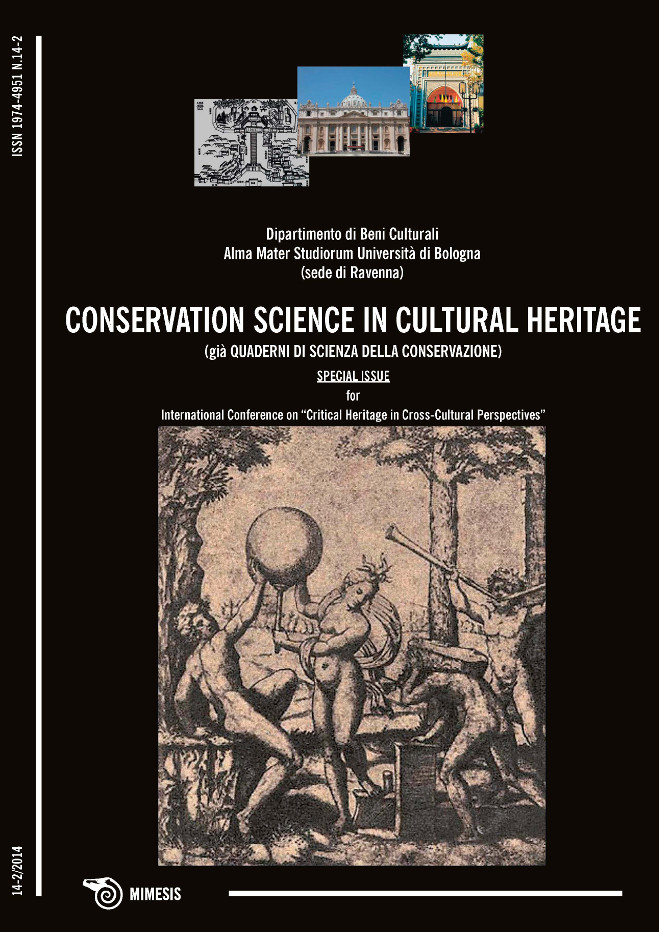On Tea Bowl from Jianzhan to Tenmoku: Material Culture and Intangible Culture in Cultural Diffusion
DOI:
https://doi.org/10.6092/issn.1973-9494/5441Keywords:
Jianzhan, tenmoku, China, Japan, cultural diffusion, material culture, intangible cultureAbstract
According to precise and scientific literature that recorded, Chinese tea culture has a documented history of more than 1700 years. During which period, Yuan Dynasty was considered a crucial turning-point with great changes. The current tea culture in China is an adoption and innovation of Ming and Qing dynasty, especially in the form of processing technology. For those elements inherited from Tang and Song dynasties, however, they were more directly adopted systematically by Japan. Ever since powdered tea culture from Song dynasty was accepted in Japan, Jianzhan, the tea bowl that gained renowned reputation in the Song tea culture was also introduced and became tenmoku (tianmu) after localization. As the transformation of Chinese tea culture ended in Japan, Japanese tea culture of wabi-cha was shaped after the tenmoku’s obvious decline in value. Jianzhan’s prosper, and tenmoku’s emergence and transition, all proved a definitive impact from intangible culture.Downloads
Published
2014-12-30
How to Cite
Guan, J. (2014). On Tea Bowl from Jianzhan to Tenmoku: Material Culture and Intangible Culture in Cultural Diffusion. Conservation Science in Cultural Heritage, 14(2), 41–54. https://doi.org/10.6092/issn.1973-9494/5441
Issue
Section
Articles
License
Copyright (c) 2014 Jianping Guan
Copyrights and publishing rights of all the texts on this journal belong to the respective authors without restrictions. Authors grant the journal right of first publication.
This journal is licensed under a Creative Commons Attribution 4.0 International License (full legal code).
See also our Open Access Policy.






